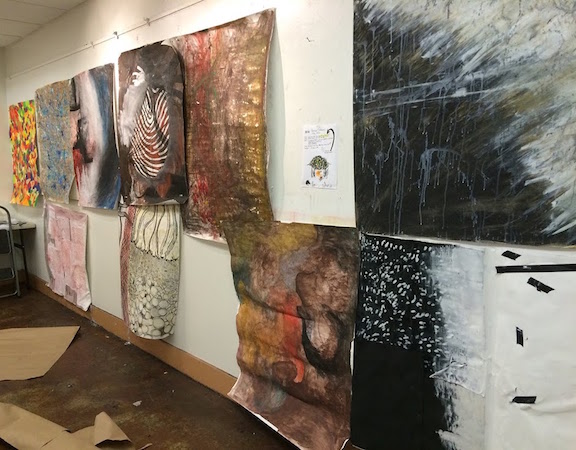The Asmats are found in New Guinea and they carve these Bisj Poles as memorials of deceased men of their tribe. The culture used to participate in headhunting and cannibalistic rituals in which the Bisj Poles played a more important role. Carved from the nutmeg tree, these poles would help to satisfy the spirits of men who had been headhunted in their tribe, giving them peace to proceed on into the afterlife. Sometimes carved as tall as 25 feet, the bisj poles depict men incorporated with phallic symbols or prows of the canoe. The phallic symbols were to represent the virility and continuation of the tribe and the canoe, a vehicle to the afterlife. Many times, at the base of these poles, they would place the heads of enemies they successfully hunted, to please those who had gone before them. The rituals and carving surrounding this tradition were always an exclusively male affair. While the rituals and thirst for revenge that usually prompted their creation are no longer acted on today, the poles are still used for ritual within the tribe today.
Image and text found on Art and Culture: 104 blog. Link here.


No comments:
Post a Comment